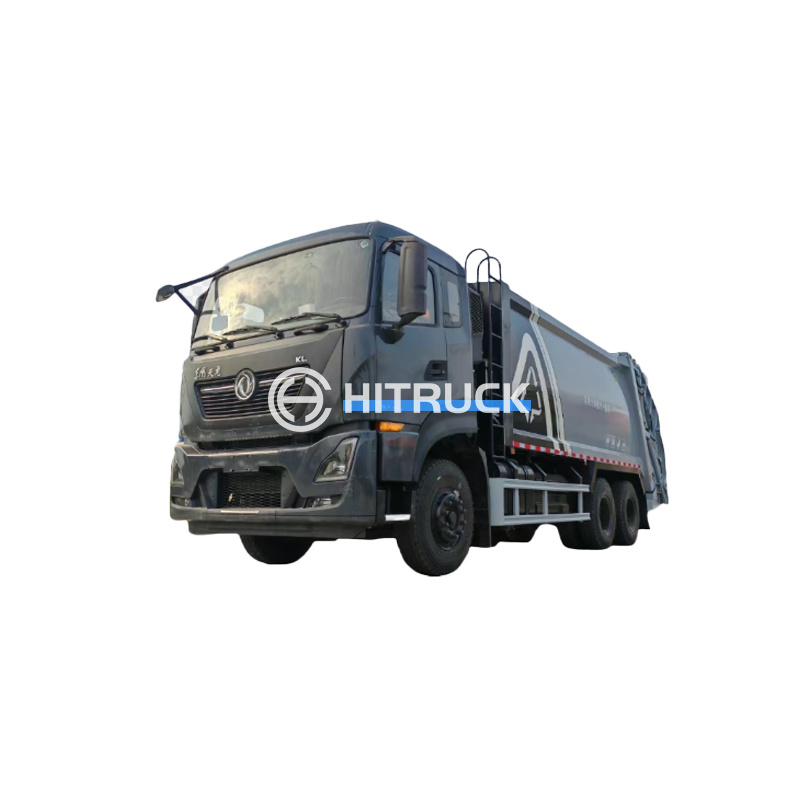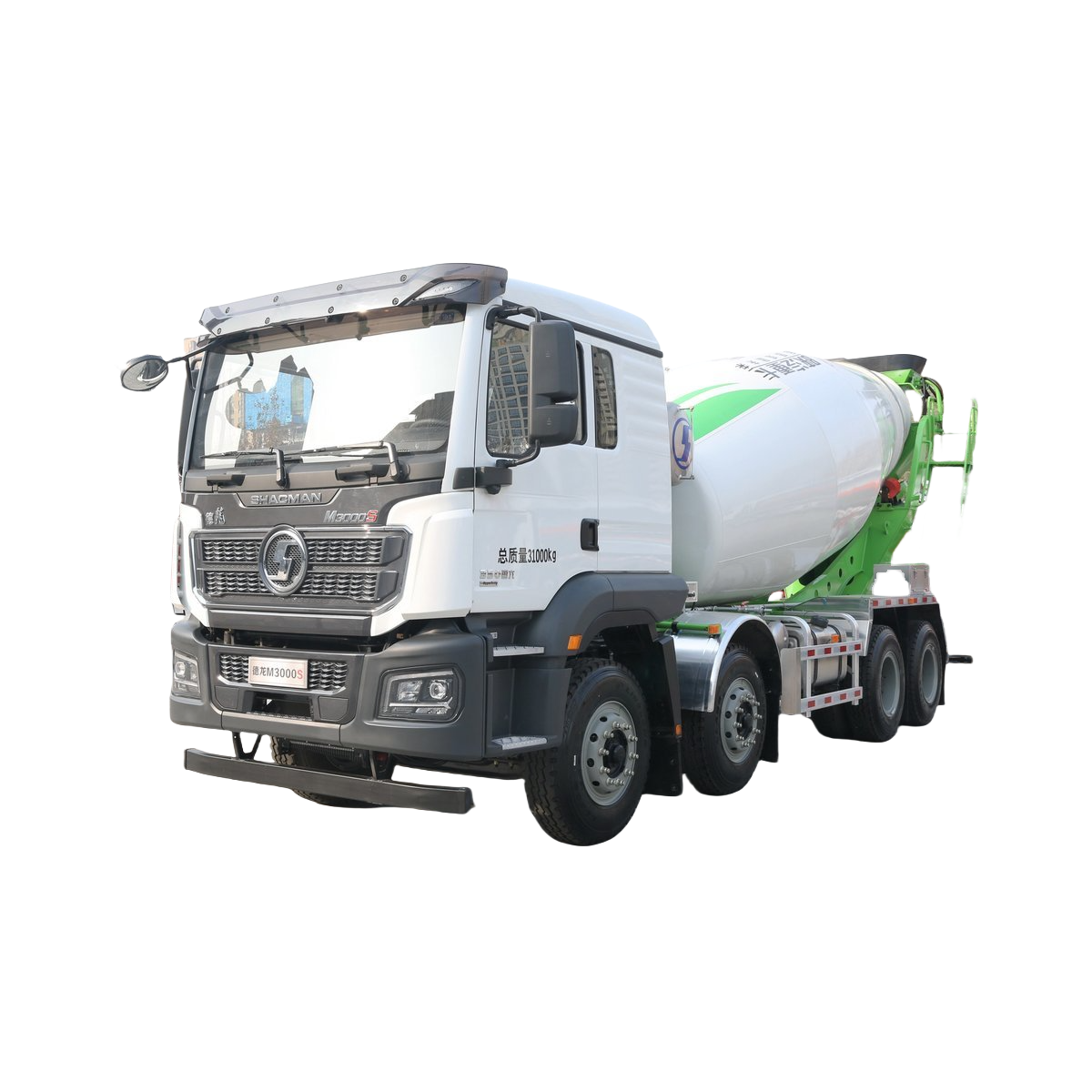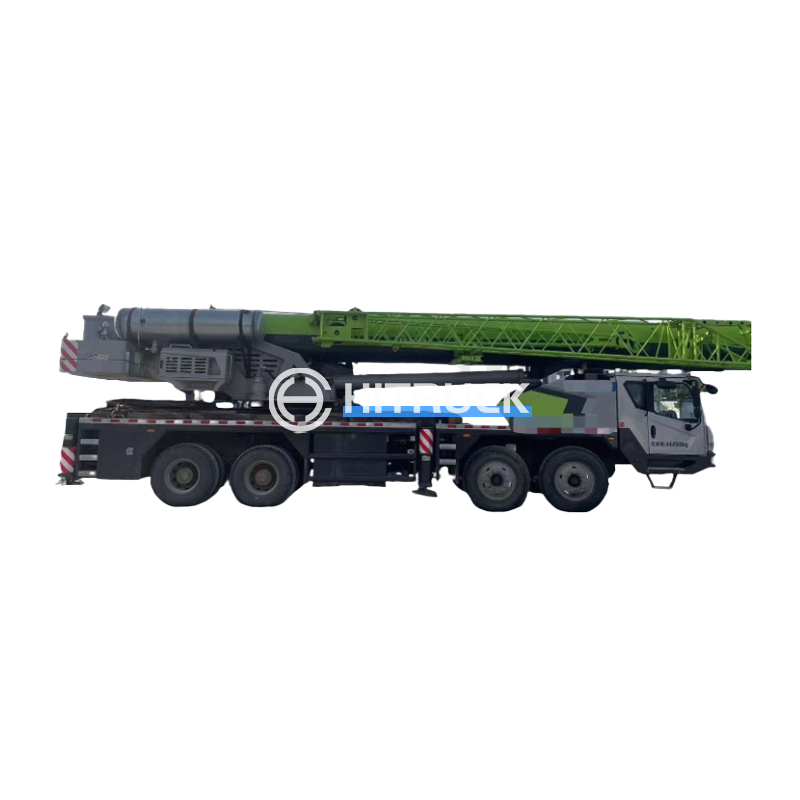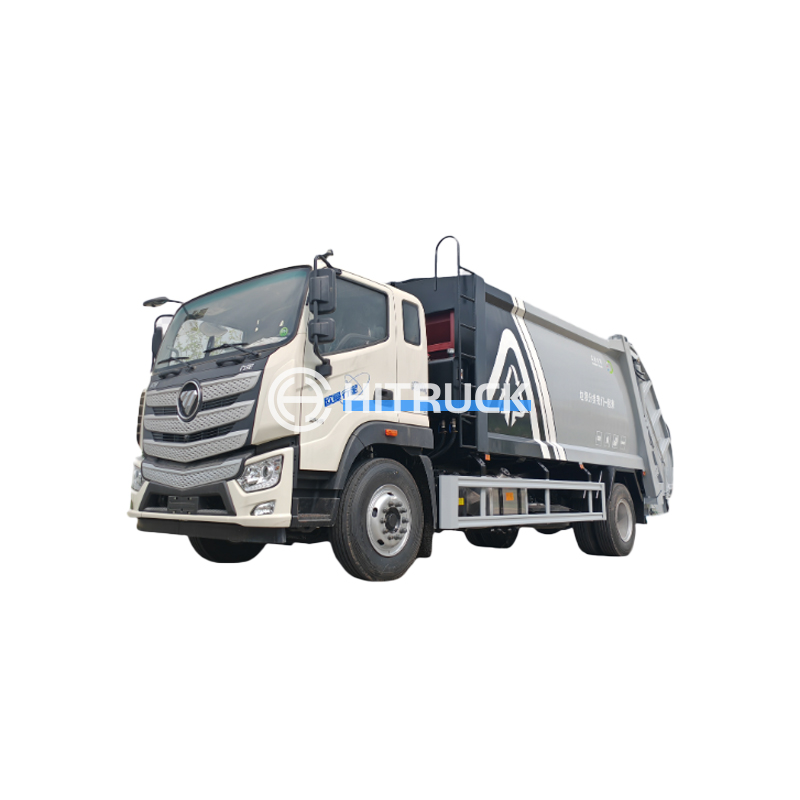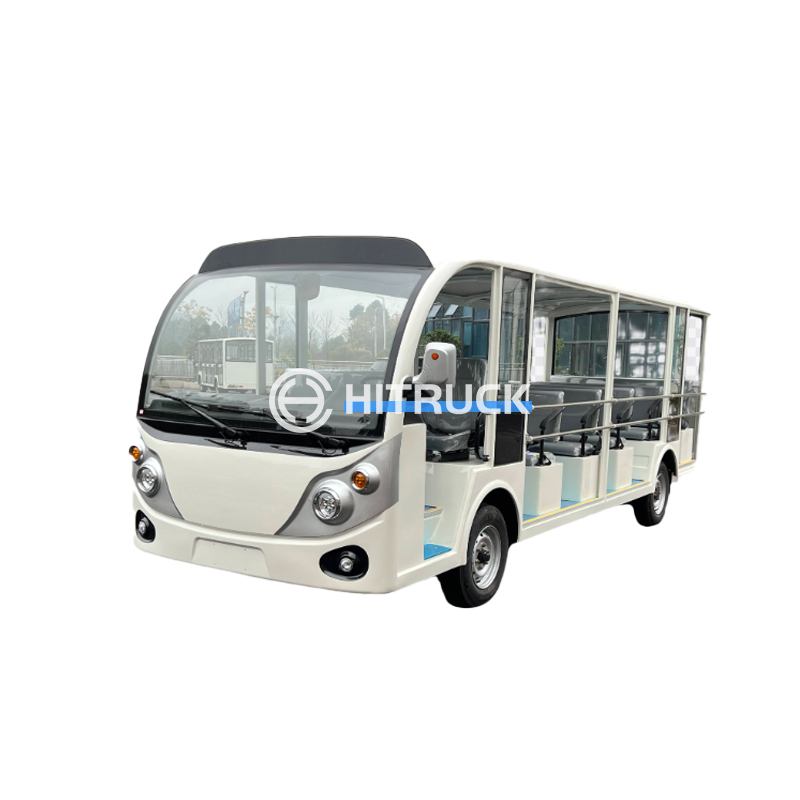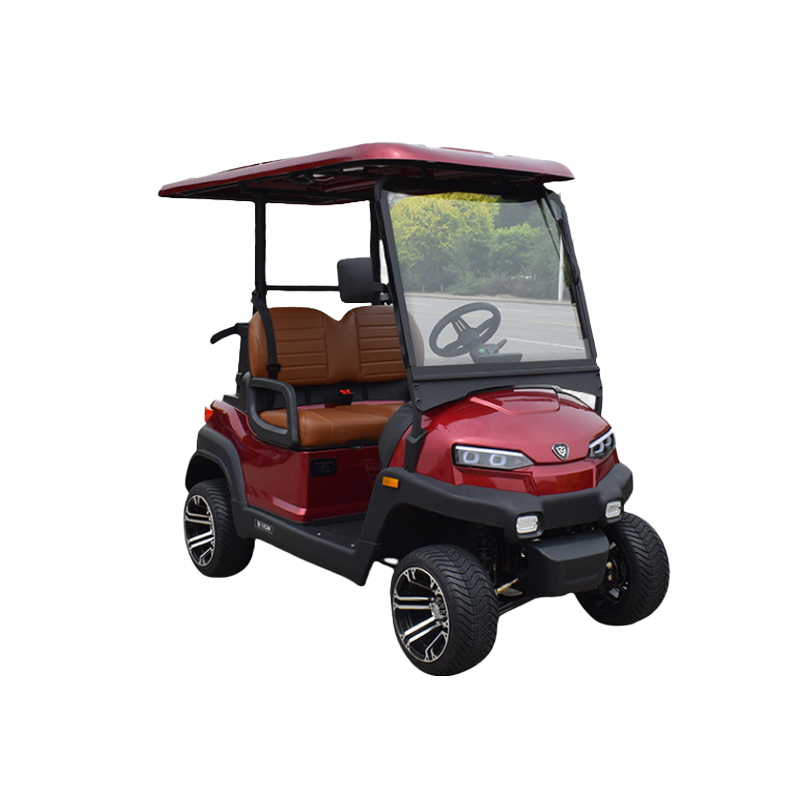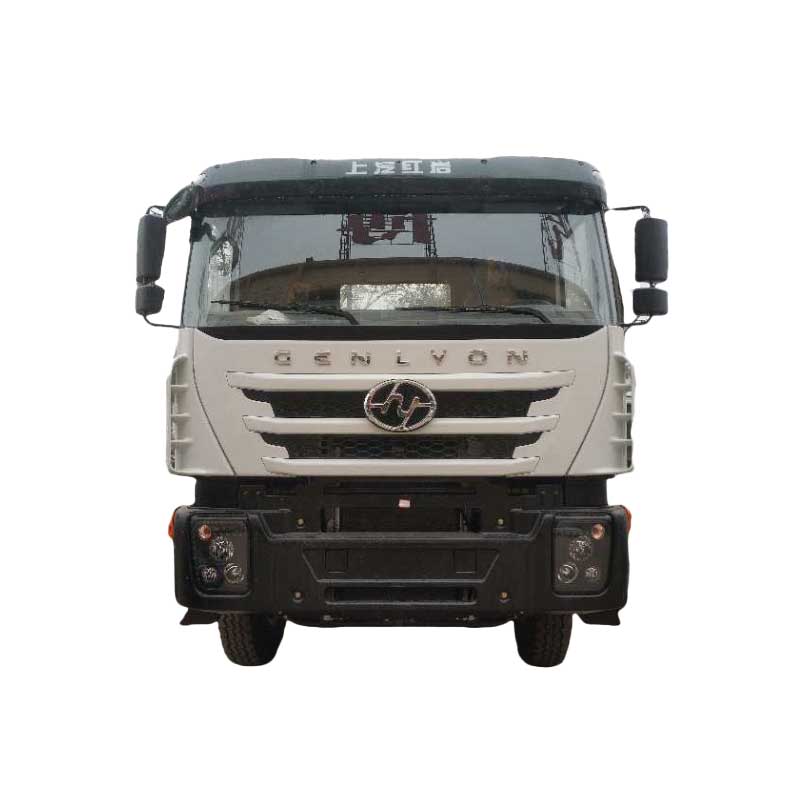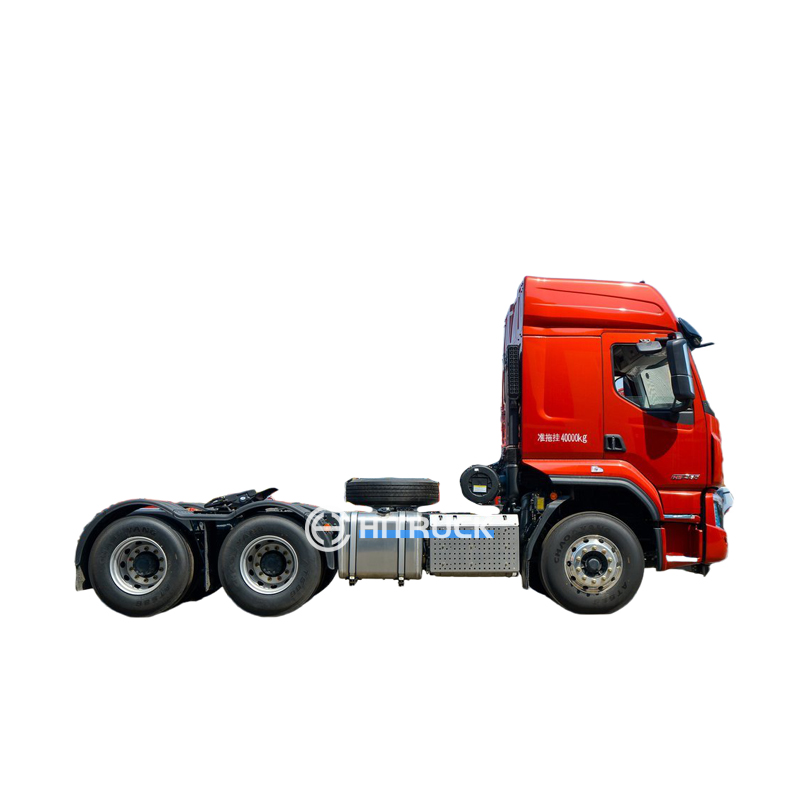This guide provides a detailed overview of fire water tankers, covering their types, features, applications, and considerations for purchase. We'll explore the crucial role these vehicles play in fire suppression and emergency response, and delve into the factors influencing their selection and maintenance.
Fire water tankers come in a wide range of capacities, from smaller units ideal for localized firefighting in urban areas to large-capacity tankers suitable for tackling major wildfires or industrial incidents. The size directly impacts the amount of water carried and the operational radius. Consider the specific needs of your firefighting team and the typical scale of incidents you are likely to face when making your selection. For example, a smaller municipality might benefit from a smaller capacity unit, while a large industrial complex might require a much larger fire water tanker.
The pumping system is another critical factor. Different fire water tankers utilize various pump types, with varying flow rates and pressures. Some systems incorporate advanced features like foam proportioning systems, enhancing their effectiveness in tackling specific types of fires. High-pressure systems are beneficial for reaching high-rise buildings or long distances, whereas larger volume, lower pressure systems might be better suited for flooding larger areas. The choice depends on the anticipated applications and challenges.
The chassis of a fire water tanker is crucial for its durability and maneuverability. Different manufacturers employ different chassis types, impacting the vehicle's overall performance. The build materials, particularly those used for the water tank, also play a crucial role in durability and longevity. Stainless steel is a common choice due to its corrosion resistance, ensuring a longer lifespan for the vehicle, while certain lightweight materials can increase fuel efficiency. The specific choice of materials should consider the environmental conditions and the intensity of usage.
Before purchasing a fire water tanker, it's vital to carefully assess your specific needs. Consider the types of fires you are most likely to encounter, the terrain you will operate in, and the distance to water sources. The size of your response team and your budget will also significantly influence your decision.
Beyond the basic specifications, explore additional features that can enhance the tanker’s functionality and safety. These might include advanced lighting systems, GPS tracking, and auxiliary equipment mounts for hoses and other tools. For example, integrated hose reels greatly improve operational efficiency, allowing faster deployment. Consider features that will optimize your team's ability to respond to emergencies.
| Feature | Benefits | Considerations |
|---|---|---|
| Large Water Capacity | Longer operational time before refilling. | Increased vehicle weight and fuel consumption. |
| High-Pressure Pump | Greater reach and effectiveness in high-rise situations. | Higher maintenance costs. |
| Foam Proportioning System | Enhanced fire suppression capabilities for specific fire types. | Increased complexity and cost. |
Table: Key Features and Considerations for Fire Water Tankers
Regular maintenance is critical for ensuring the operational readiness of your fire water tanker. This includes routine inspections, fluid checks, and timely repairs. Neglecting maintenance can lead to malfunctions during emergencies, with potentially serious consequences. Refer to your manufacturer's guidelines for a detailed maintenance schedule. Proper maintenance will prolong the lifespan of your fire water tanker and ensure its reliable performance when needed.
For reliable and high-quality fire water tankers and other heavy-duty vehicles, consider exploring options from reputable suppliers. Contact Suizhou Haicang Automobile sales Co., LTD to learn more about their offerings.

